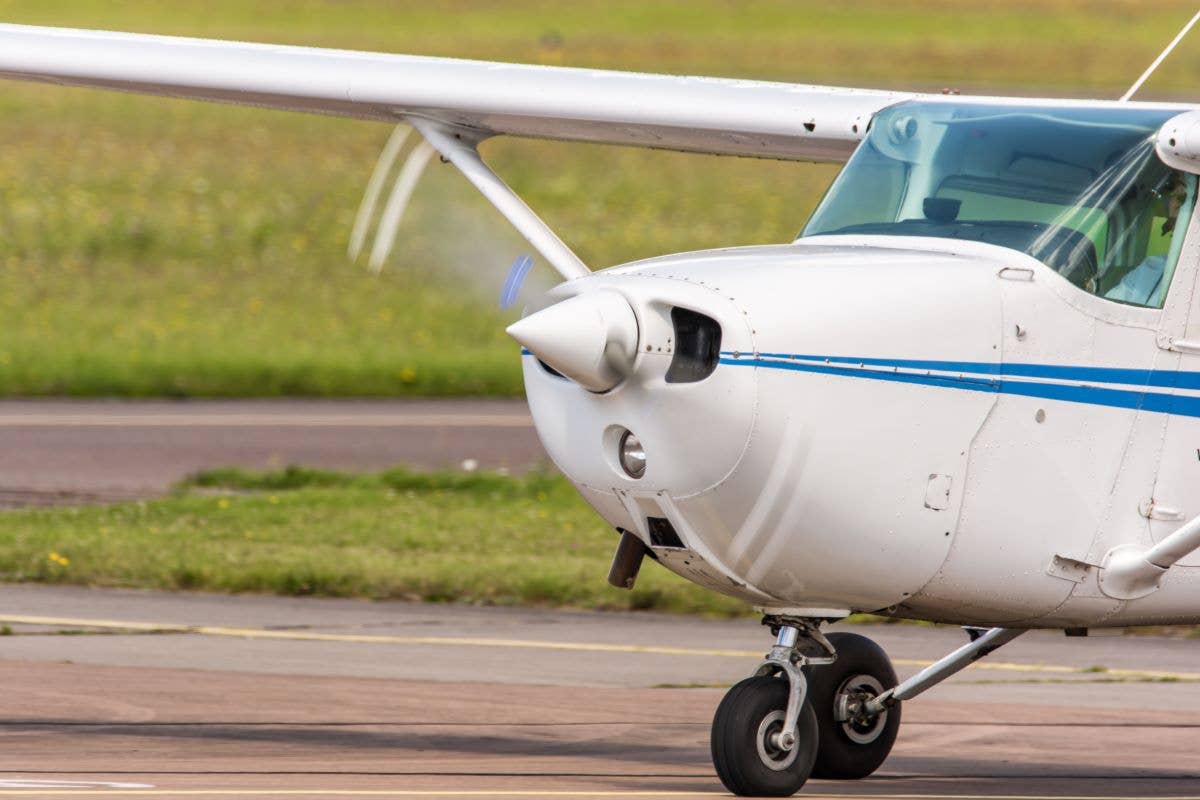
BAE Systems and the University of Glasgow are researching the possibility of growing military UAVs in computer-controlled chemical vats. BAE Systems
Gardeners know there’s nothing quite like the feeling of planting a sprout and watching it successfully morph into an object that looks nothing like the original seedling. But that only works with living organisms — or does it?
Just ahead of next week’s Farnborough International Airshow, BAE Systems and University of Glasgow researchers might have a cure for the design and manufacturing conundrum for military aircraft like small UAVs, known to suck enormous amounts of money and time, by growing them in computer-controlled chemical vats called “Chemputers.”
Think of the Chemputer like an advanced 3-D printer, except one toiling away at the molecular level. The original Chemputer was created to produce pharmaceuticals but somehow took a turn along the way to evolve as a military application.
The BAE-U of Glasgow team sees the growing of small drones from environmentally sustainable materials as much more than simply a cost- and time-saving effort though. It believes growing UAVs means the possibility of extremely precise customization.
With a silent nod to Star Wars Episode II, Attack of the Clones, designers envision growing fleets of small drones quickly enough to make them ready for any kind of tactical military need, which just might make BAE's video of the Chemputer more than just a pipe dream.

Sign-up for newsletters & special offers!
Get the latest FLYING stories & special offers delivered directly to your inbox






